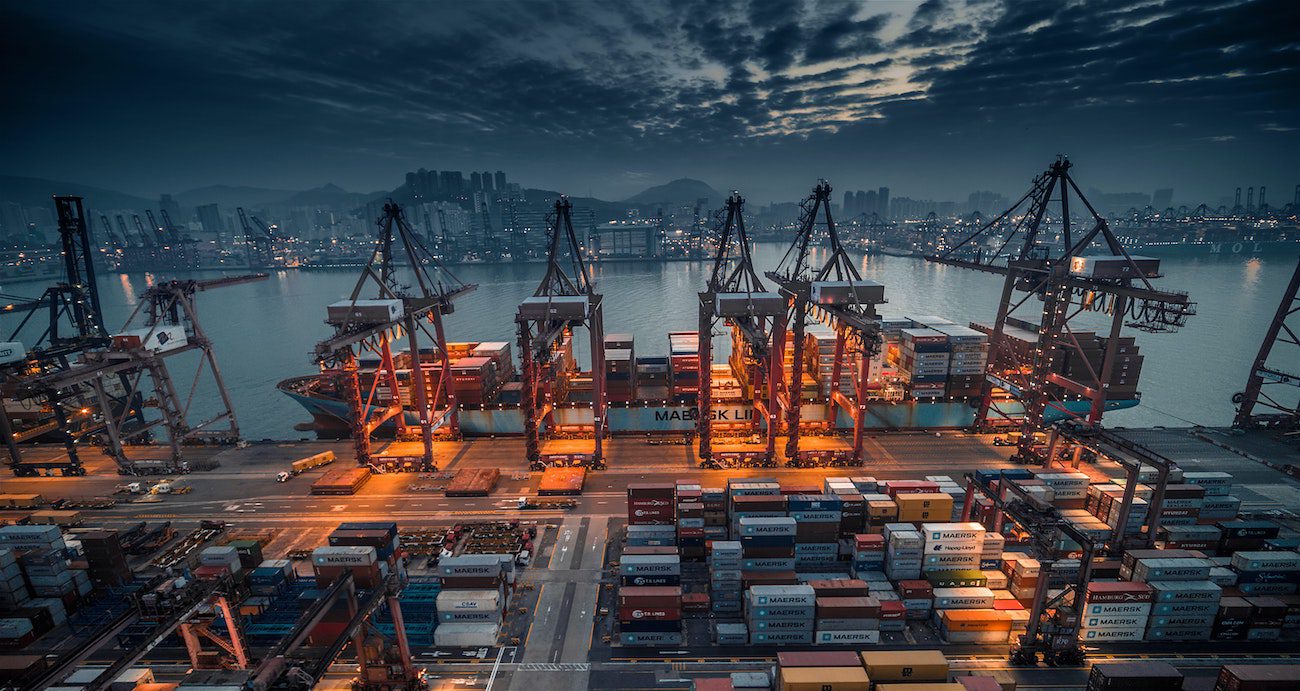
Associate Professor Vinh V. Thai from the School of Accounting, Information Systems and Supply Chain at RMIT University explains what is behind the shipping crisis which is causing major headaches for Australian wine exporters.
There are currently ongoing shipping delays, shortages of empty containers and port delays which have severely disrupted global supply chains and negatively affected exporters and importers around the globe.
In the past few months, the container shipping schedule reliability, monitored by some professional maritime consultancy firms, has dropped down to about 30 to 40 percent.
This means, on average, only 30 to 40 percent of container ships arrived at ports on time as per published sailing schedules.
There are several reasons for this, but notably, because ships need to wait at congested ports, not enough ships on the route (which is due to reduced frequency of shipping services when demand was low last year, and not enough seafarers – who are not allowed for crew change at some ports due to Covid restrictions).
According to a recently released report by the ACCC in Australia, it was reported that roughly 10 percent of ships arrived at Australian ports within the berth window, i.e. allocated arrival time.
There have also been huge delays at container ports around the world, e.g. Long Beach, Rotterdam, some Chinese ports, etc.
There are again some notable reasons for this.
Due to previous social restrictions, there were not enough stevedores working on site when the demand skyrocketed.
When there were some Covid infected cases at some ports, such as Ningbo-Zhosan (the third-biggest container port in the world), some terminals were shut down, thus ships need to wait for a long time, sometimes seven to 12 days.
Another reason is due to industrial actions at some ports.
The next issue is the current global shortage of empty containers, which carry the majority of consumer goods, white goods, furniture, electronics, etc.
First to note, empty containers are one of the “tools” that shipping lines use to provide their shipping services.
They cannot afford to have fewer containers as that means “stockout” and customers will not be happy when there are not enough containers for them to put cargoes in.
At the same time, shipping lines cannot maintain too many empty containers at a place where there is not sufficient amount of cargoes, since that means they will incur capital and/or container hire costs.
Apparently due to the imbalance of import/export at some places, there will be more empty containers in some locations than the others.
Hence, shipping lines will need to reposition (“empty container repositioning”) some empty containers from one to the other locations.
However, they will do so in an optimal way to reduce the total empty repositioning costs in the whole operations network, since carrying empty containers does not generate revenue for the shipping lines.
We need to be aware that the shortage of empty containers does happen from time to time.
However, the current shortage is quite severe due to the following:
• Covid – many countries implemented national lockdown and/or restrictions since last year. This has led to reduction of production of goods for export/import. Subsequently, shipping lines reduce the number of ships in service and, sometimes, apply the “blank sailing” – skipping a port in a route or the whole voyage to reduce capacity (increase freight rate), reduce costs, or sometimes just simply due to not having enough space for a port, a port is congested, or even not having enough crew to operate some vessels (due to the restrictions of crew change in some ports). As a result, empty containers at some ports were not picked up as in the case of some American ports.
• As countries in Asia, specifically China, are recovering faster than others, more export shipments from Asia are coming to other countries where lockdown and restrictions are still in place. Thus, fewer empty containers are sent back to Asia (where they are really needed). So, there is a backlog of empty containers in empty container depots and ports. This is worsened with the deficit of employees at these ports and depots.
• Lockdown and restrictions mean more people are staying/working from home, thus spending more on goods than services. This triggers higher demand for goods and thus empty containers.
• Covid-infected cases at ports and terminals triggered the closure of container terminals (such as Meishan terminal in Ningbo-Zhosan – the third-biggest container port). This means delays, congestions at ports as vessels have to wait or divert to other ports, leading to longer lead time and add up to the shortage problem. Similar effect is seen when some Asian countries slow down during the Lunar New Year period.
Unfortunately, the current issues are not going to be eased any time soon.
Optimistic forecast indicates that we may not see the current issues resolved until mid next year.
There is an imbalance of container trade in Australia – we import more than we export.
Hence, there is a backlog of empty containers at empty container parks and depots.
This is worsened by Covid factors as mentioned above, together with some local factors such as the mismatch between working time of ships at sea and trucks on road, or the stopwork at ports due to Covid infected cases or industrial actions.
On the other hand, exporters in Australia may find it hard to book space onboard vessels with reduced sailings, not yet to mention the shortage of some specialised empty containers (such as reefer) for some types of commodities.
My understanding is that wine is normally transported in bulk or packaged out of Australia.
These required specialised, temperature-controlled containers such as ISO tanks, flexi-tanks and thermal containers.
With the current issues mentioned above, there could be a shortage of these tanks and containers, and with the reduced shipping frequency (some ships skipped a particular port due to congestion or industrial action), added to the fact that Australia is often one of the final destination in some shipping routes, wine exporters may find it hard to secure the sufficient number and correct tanks and containers for their wine export.













Recent Comments